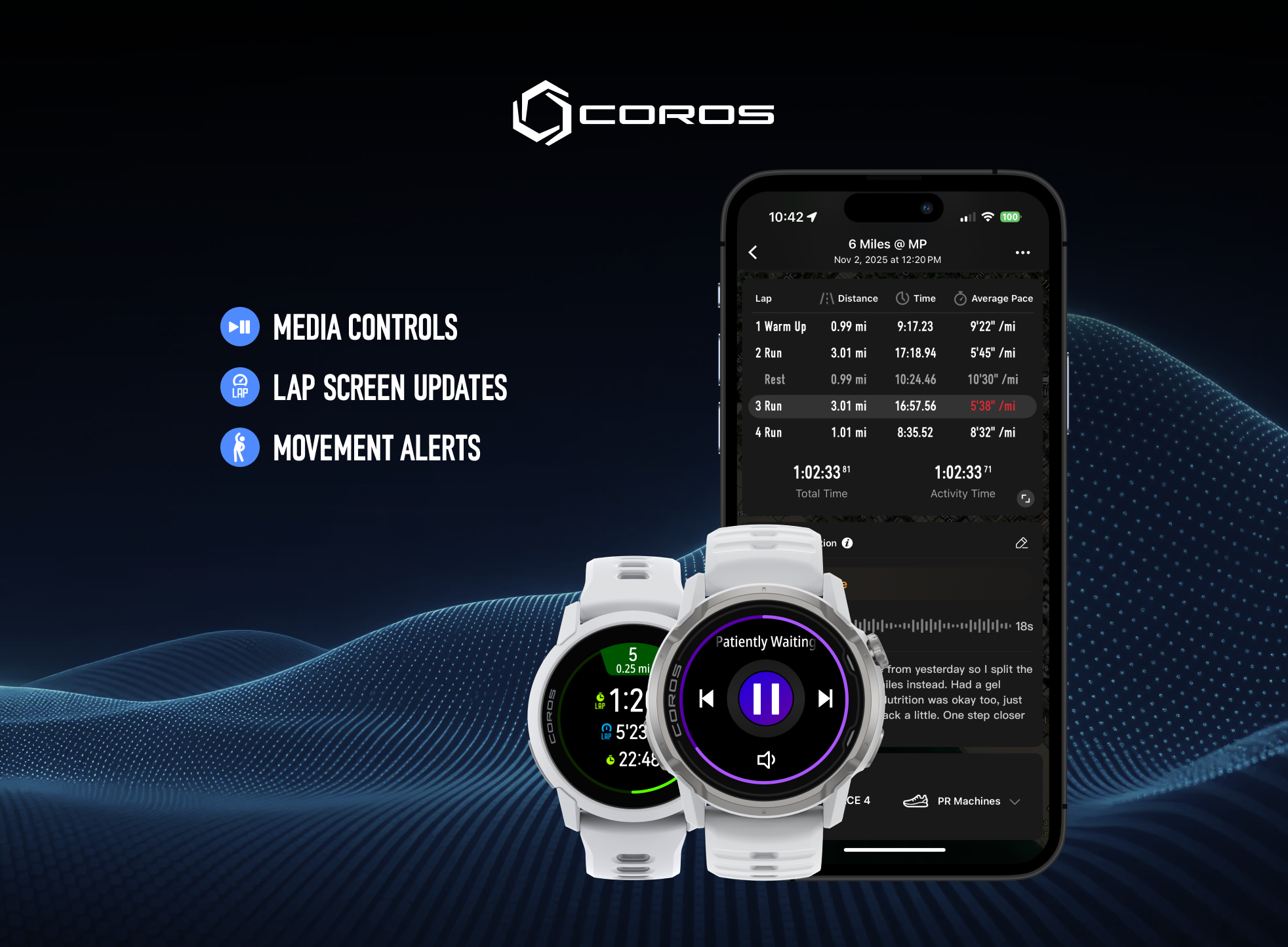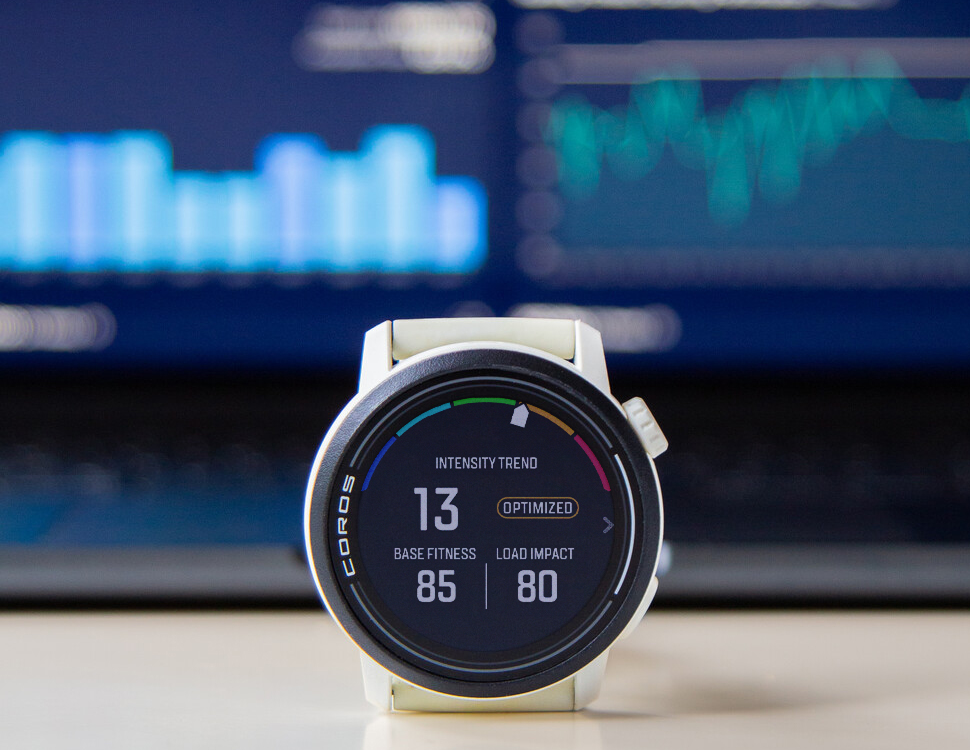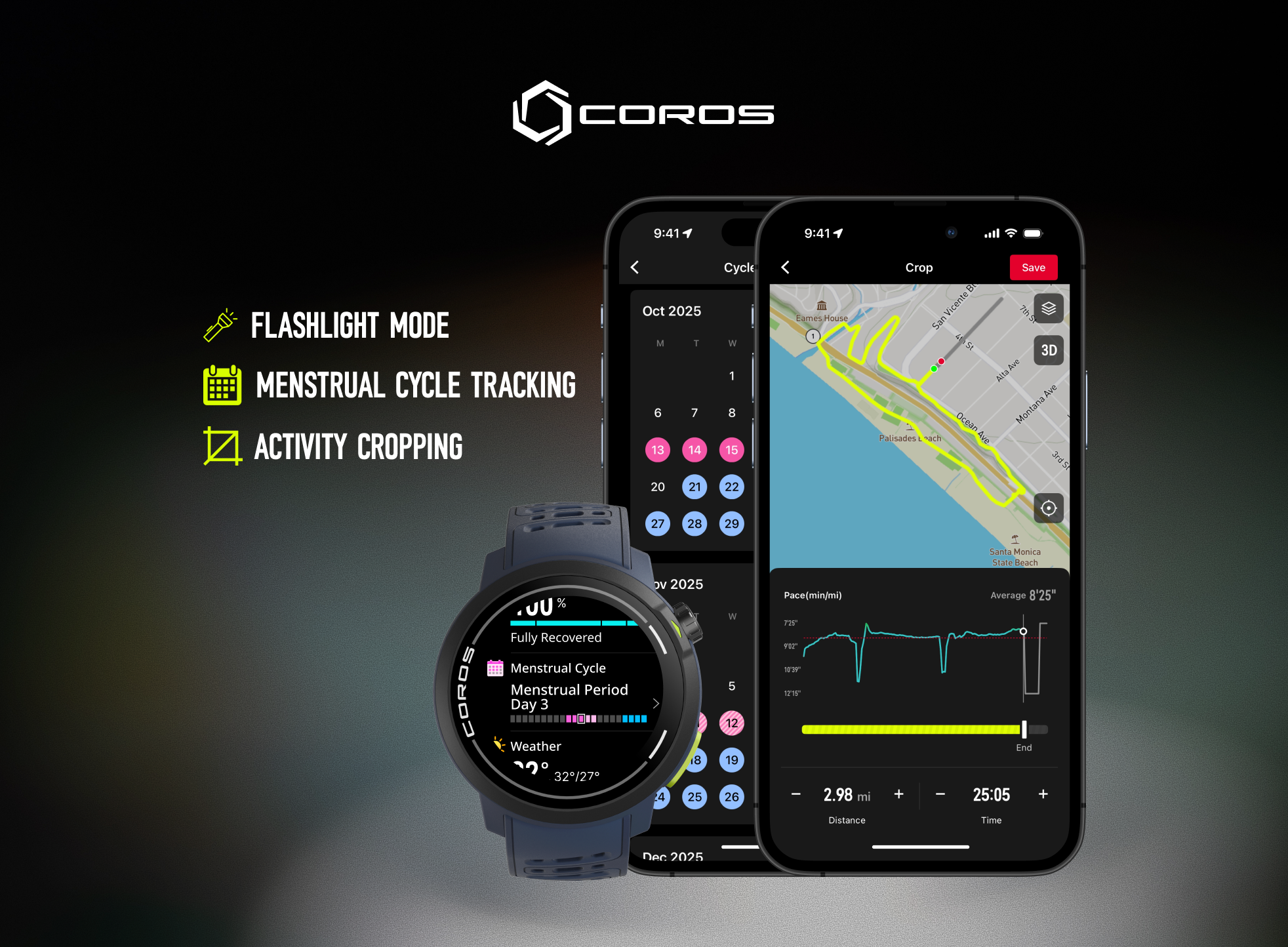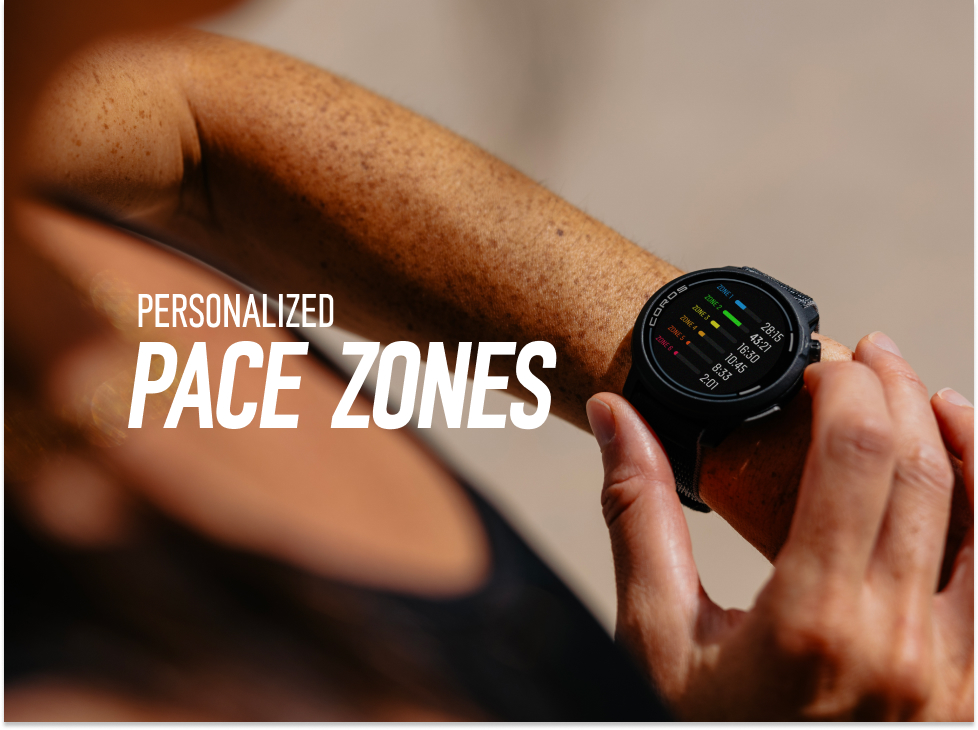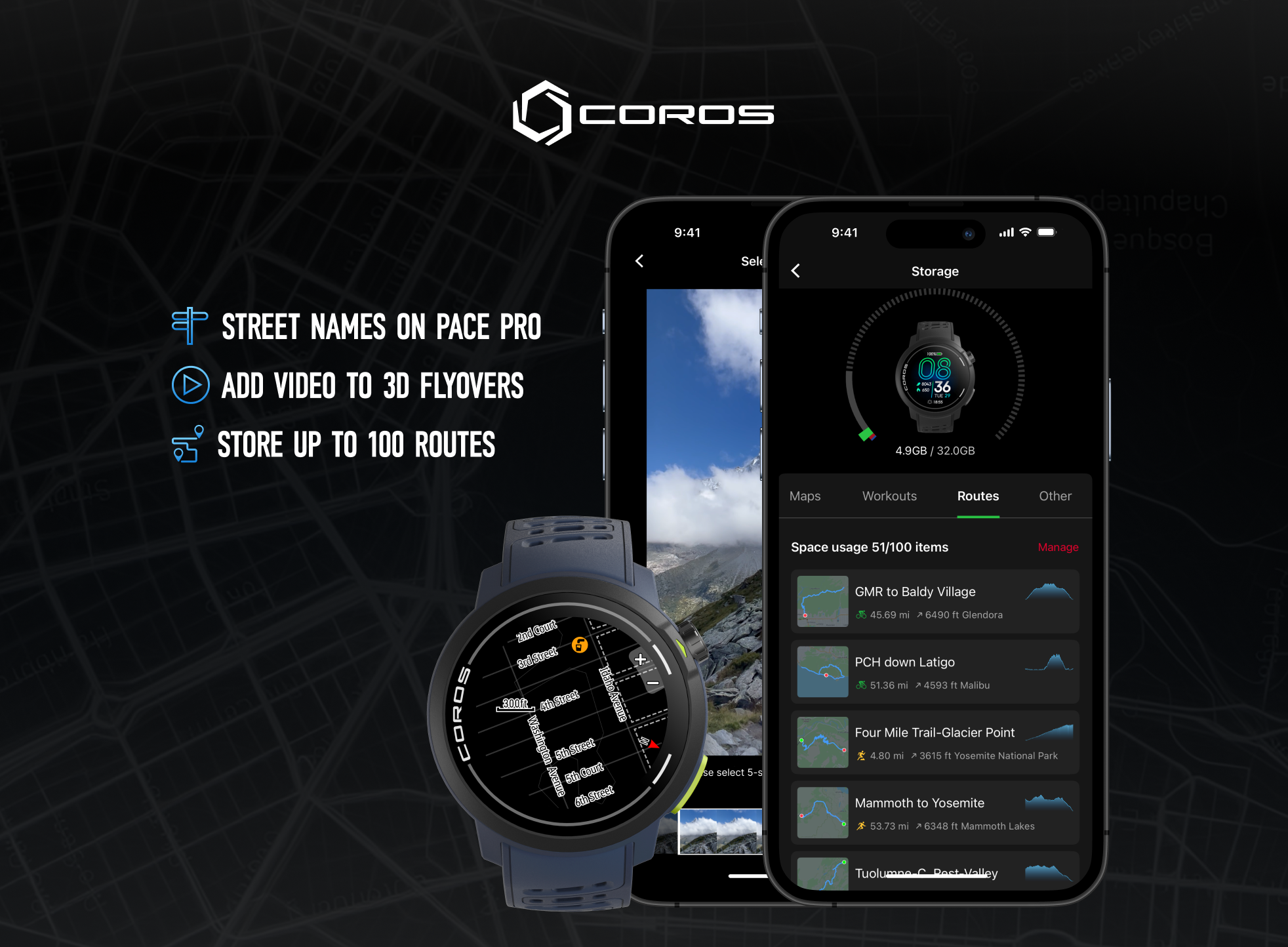We know you work hard during training, but what about your day-to-day activities? Exercising for an hour during the day does not mean your body is in full recovery mode for the 23 remaining hours. The new Daily Stress metric is a way to quantify your body's stress levels throughout the day, including activities and sleep.
COROS is happy to provide a comprehensive assessment of your Daily Stress through this simple 1-100 value for you to monitor your stress levels over time. Keep reading to learn everything you need to know about this new metric!
How To Get A Daily Stress Score
Daily Stress is a feature that works behind the scenes whenever you are wearing your COROS watch. The optical sensor collects data every 5 minutes to provide a Daily Stress score that accumulates over the course of the day. An overview of your Stress Score can be found in the Progress tab of your COROS app while a more detailed assessment can be found when clicking on the Stress icon, such as values breakdown and weekly/monthly trends.
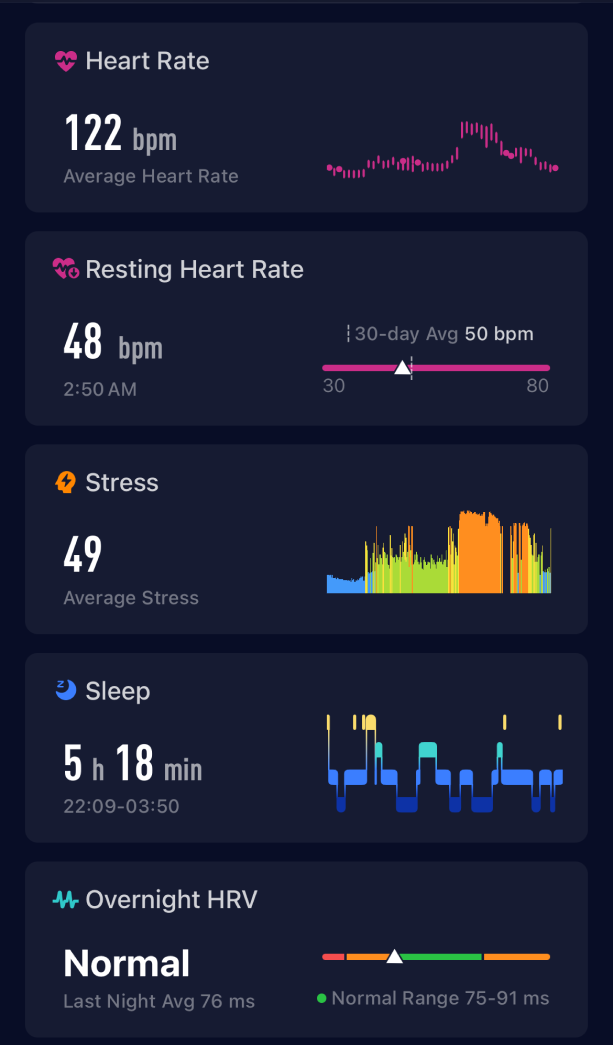
Daily Stress from the Progress tab of the COROS app.
Since Daily Stress requires heart rate data every 5 minutes, this feature will increase battery consumption of your COROS watch by a small amount. You can disable Daily Stress at any time by following those steps on your watch: Toolbox > System > More Settings > Stress > Off
How To Interpret Your Daily Stress Score
Daily Stress collects heart rate data (during the day) and HRV data (during the night) every 5 minutes and provides a value on a 1-100 scale. The higher the value, the more stress your body is under.
You will find below a breakdown of the 4 categories displayed in the Stress assessment within your COROS app:
- Calm (1-25): Sleep, resting state
- Low (26-50): Relaxed daily activities
- Medium (51-75): Some stress, manual work, or light physical activity
- High (76-100): High stress, exercise, or illness
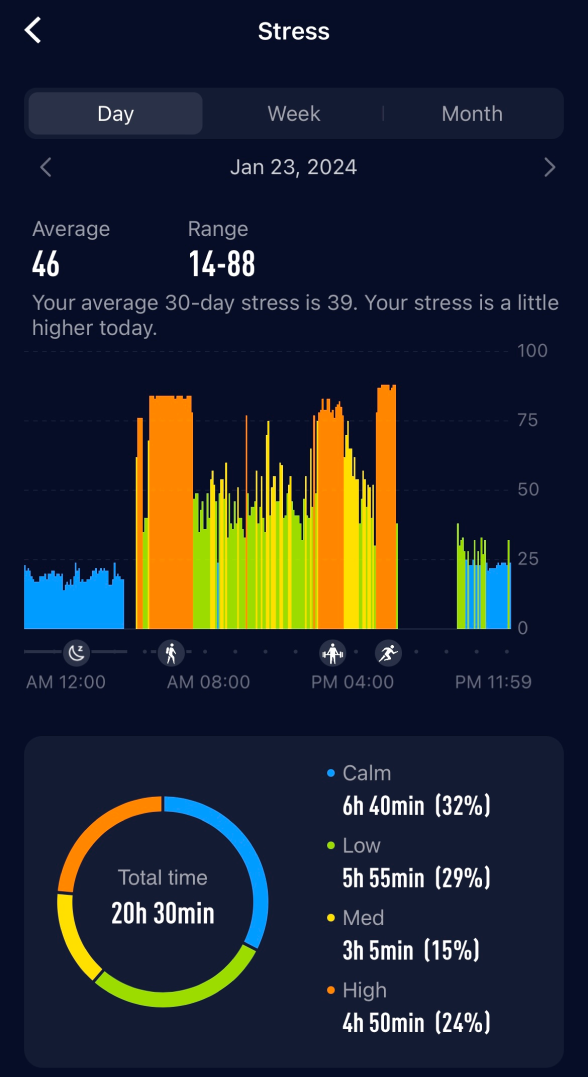
Daily Stress as seen from the COROS app.
As seen in the photo above, your sleep and activities are displayed in the graph to help you interpret your daily trends. The Daily Stress value averages data collected during the day (including sleep and activities), but excluding blank spaces which refer to the time when you did not wear your watch. The Daily Stress Range gives you the lowest and highest value of the day.
Does Daily Stress impact other EvoLab metrics? Daily Stress does not influence any other EvoLab metrics at this time, but rather focuses on providing insights on your body's stress levels to help you make educated decisions for your training.
Weekly and monthly trends are available with Daily Stress for you to assess how your body is responding to your daily activities over time. Those trends are a great addition to other recovery metrics for you to be able to tell a better, more all-rounded story behind your training and perceptions on a day-to-day basis.
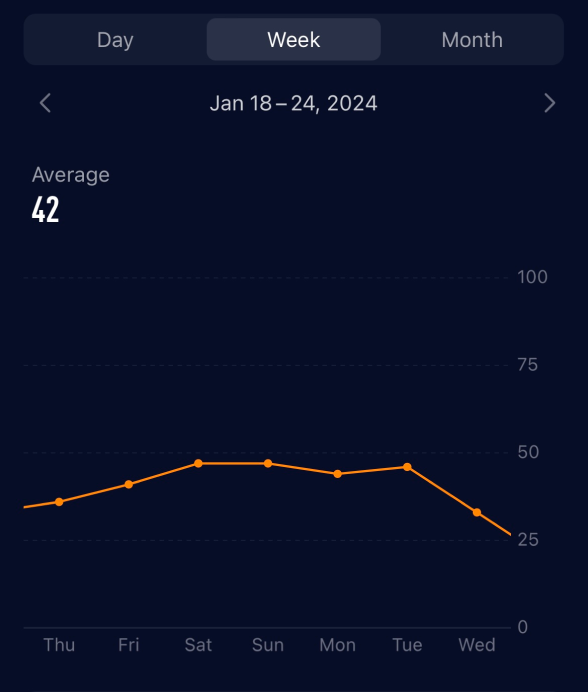
Weekly Stress graph as seen from the COROS app.
Why don't weekly/monthly graphs have ranges? For Daily Stress to tell a good story, it requires you to wear the watch as often as possible. For example, if you wear your watch for 1 hour during exercise on a Wednesday, you will receive a high Daily Stress score for this day. Your weekly average will therefore become meaningless.
In addition, your stress level is included in the Wellness Check in your COROS watch toolbox. During a Wellness Check, you can take a manual 30-60 second assessment that will provide a variety of health values at the same time.

/filters:quality(90)/fit-in/970x750/coros-web-faq/upload/images/e695f7fbc7ae6407a74df529fc509519.png)
